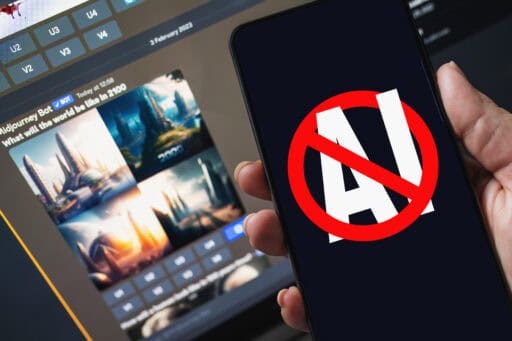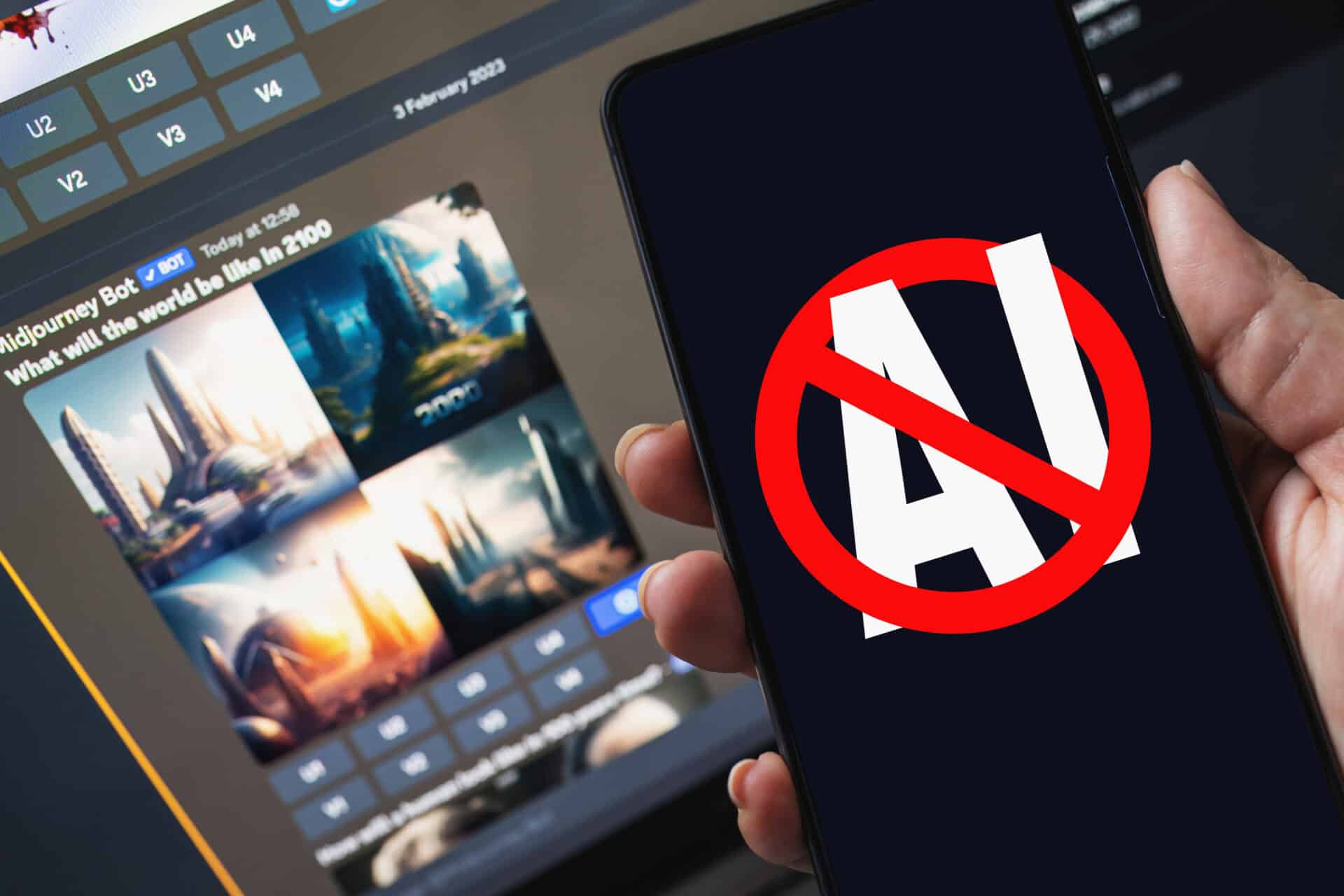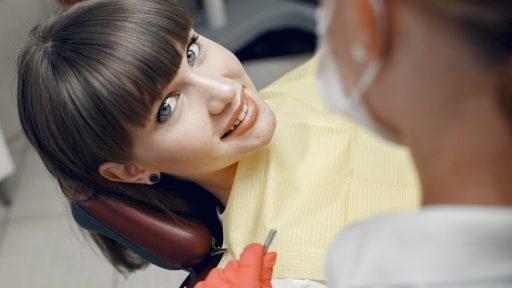Credit: kvickys – Depositphotos.com
Art authentication is getting a high-tech upgrade. Some companies are now using artificial intelligence to figure out if paintings are real or fake.
These AI systems look at photos of artworks and try to spot telltale signs of forgeries. It’s a big change from how art experts have worked for centuries.
The art world isn’t totally sold on AI authentication yet. Many long-time experts are skeptical that computers can match their trained eyes and deep knowledge.
But AI companies say their systems can be trained on just a few dozen images of an artist’s work. This could make it faster and cheaper to check if paintings are authentic.
AI Takes on Art Authentication, but Old-School Experts Aren’t Convinced
Many long-time art authenticators are skeptical about AI taking over their craft. They think machines miss important nuances that trained eyes can catch.
The debate brings up some big questions:
• Can AI really match human expertise in art? • Will computers put traditional authenticators out of work? • Is speed more important than decades of experience?
AI companies claim their tech is more “objective” than human judgment. They use fancy algorithms to analyze brush strokes and other details in artwork photos.
But critics worry AI might oversimplify a complex process. Art authentication involves more than just looking at paint. Experts study an artwork’s history, materials, and many other factors.
Art Authentication Meets AI: New Tools and Debates
Art Recognition is one company using AI to check if art is authentic. Their system can learn an artist’s style from around 700 images in about three days. Then it only takes a few minutes to decide if a new painting is likely real.
Another player in this field is Hephaestus Analytical. They focus on Russian avant-garde art, where fakes are a big problem. The company’s boss says over 95% of the paintings they see are not real. Hephaestus uses AI along with other methods to try to clean up the market.
But some people in the art world aren’t rushing to use these new tools. Auction houses haven’t fully embraced the tech yet. Christie’s says they’re looking into AI but still value human experts and relationships with clients.
Not all AI systems work the same way. Art Recognition needs hundreds of images to train its AI. Hephaestus claims it only needs 30, which some find hard to believe. The debate shows there’s still a lot to figure out with this technology.
Some experts think AI should be used with other methods, not on its own. They say things like chemical analysis and studying an artwork’s history are still important. AI is seen as a helper, not a replacement for human knowledge.
There are worries about the data used to train these AIs. If the training images aren’t chosen well, the results might not be trustworthy. This is where art experts can help by picking better examples.
AI results are usually probabilities, not definite answers. This means they’re not the final word on whether a painting is real. Other info is needed to make the best choice.
Some art experts aren’t convinced AI can do their job. One restorer compared himself to a surgeon, saying his trained touch is something AI can’t match. He thinks AI might help, but shouldn’t be trusted to make the final call on its own.













